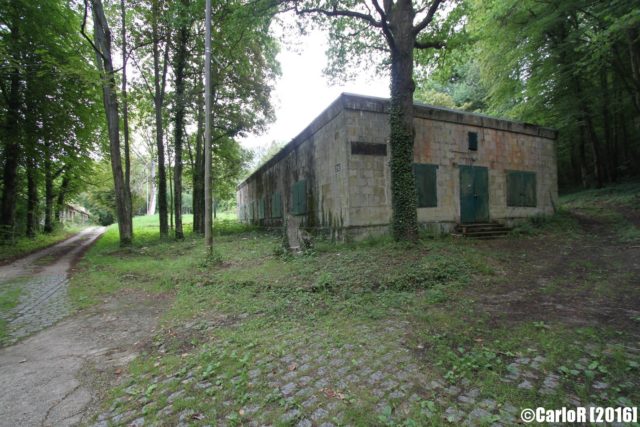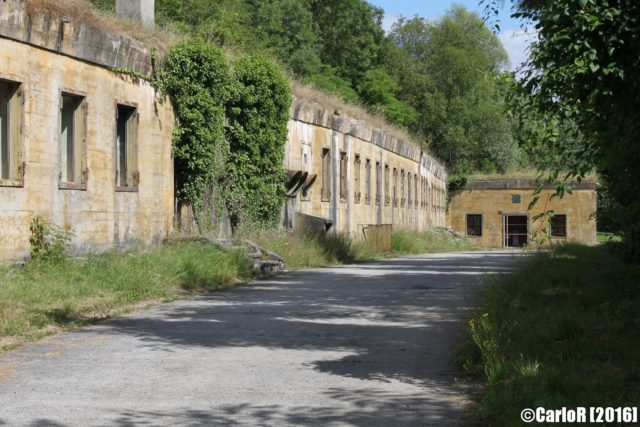During World War II, the German leader ordered the construction of several official headquarters, known as Führer Headquarters, or FHQ.
These sites were distinct from the military headquarters of the Wehrmacht, although they were often used by Hitler and other German commanders for military purposes.
One of these headquarters was built near the small village of Margival in France, ten kilometers (just over six miles) northeast of Soissons.
This particular location was seen as ideal since it was surrounded by woodland and there was also a railway tunnel nearby. Measuring 647 meters (708 yards) long, this tunnel would be an ideal place to hide a train.
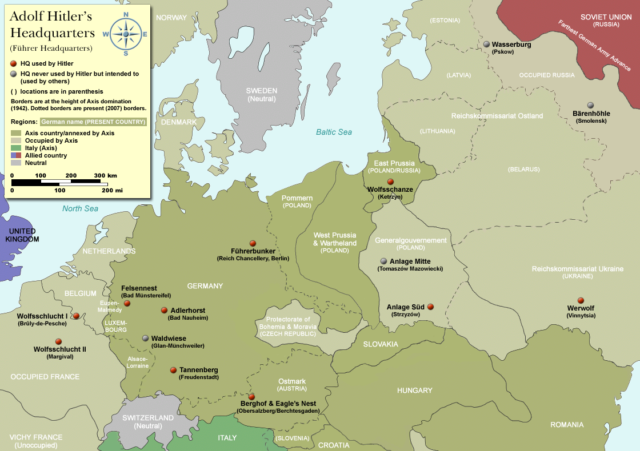
This site was known as Wolfsschlucht II, which translates as “wolf’s canyon.” It was built as part of Operation Seelöwe (Operation Sealion), the planned German invasion of Great Britain. Being quite close to the front, it should have been likely that Hitler was a regular visitor at Wolfsschlucht II, but in fact, he came to Wolfsschlucht II once.
Each of Hiter’s military headquarters received a unique code name. The number two in the name of Wolfsschlucht II was because a bunker with the same name, located in Belgium, had been built before it.
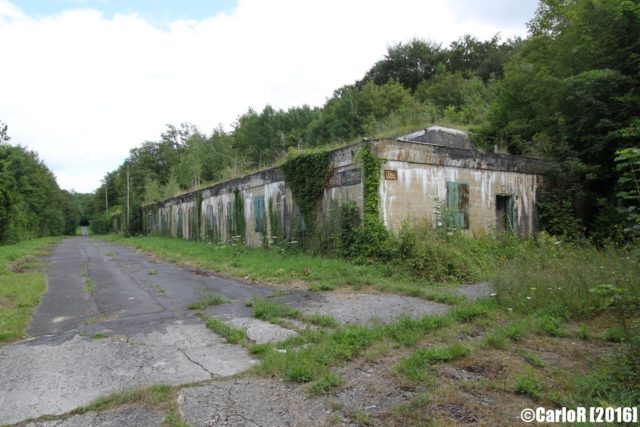
The construction of Wolfsschlucht II began in 1942 by the occupying forces of Nazi Germany. Construction was carried out by the German company Organisation Todt, and it took 22,000 workers 18 months to complete. In the end, Wolfsschlucht II covered an area of 90 square kilometers (almost 35 square miles).
There were 860 bunkers spread over the site, the most important of which were sited as close to the railway tunnel as possible. These included Hitler’s personal bunker as well as the Army High Command bunker. Each bunker was given a number to identify it. Later, during the Cold War, the bunkers were given names by NATO.
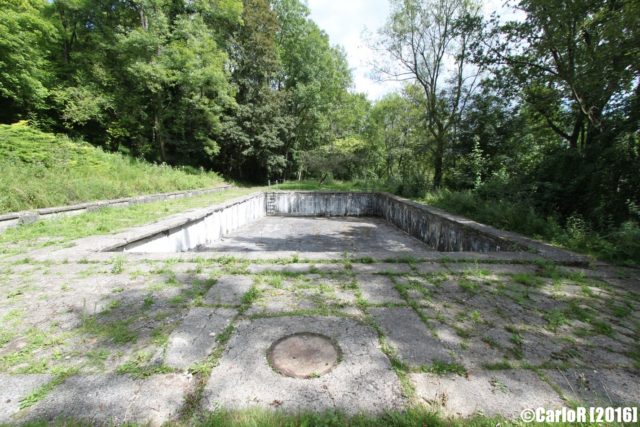
The communication bunker measured 108 meters (354 feet) long, possibly the longest building of its kind. It boasted over 600 telephone lines, including a direct one to Berlin. With its own power source, central heating, running water, and sewage systems, the communication bunker could be self-sufficient and active if the headquarters was attacked.
Wolfsschlucht II was protected by 18 anti-aircraft installations. In addition, more than ten armored bunkers sported heavy machine guns and other weapons. In addition to bunkers, Wolfsschlucht II contained office buildings, barracks, and dining rooms for officers and soldiers. There was even a swimming pool on the grounds.
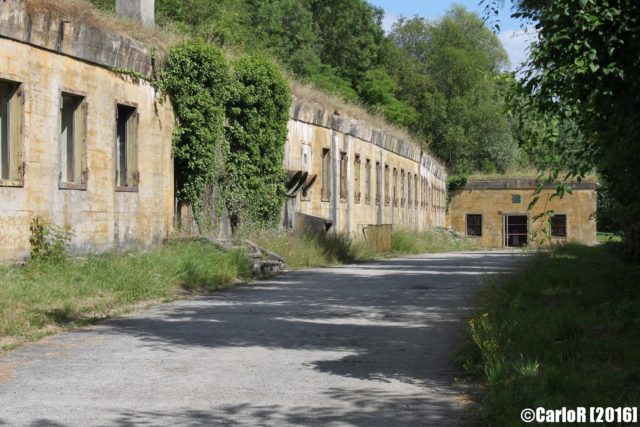
A special bunker for Hitler’s personal used was designed and built under the name Führerbunker, designated bunker 001. With columns and three double doors, it also looked grander than the other bunkers.
However, the Nazi leader visited this place only once in June 1944, where he met with various generals to discuss the Allied invasion of Normandy. After that, Hitler decided he would concentrate on the Eastern front, leaving others in charge of the Western Front.
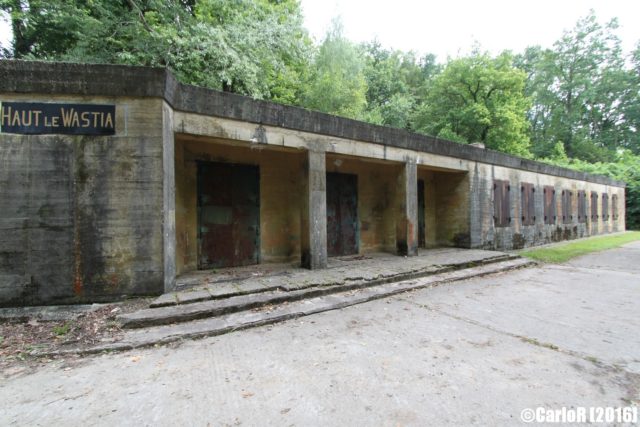
The headquarters were lost to the Allies in August 1944. After the end of World War II, the military complex was used by both NATO and the French army, which used it as a training ground. This can be seen from some of the additions to the site, such as the training wall on one of the bunkers.
In the early 1990s, after the Cold War ended, the complex was abandoned.
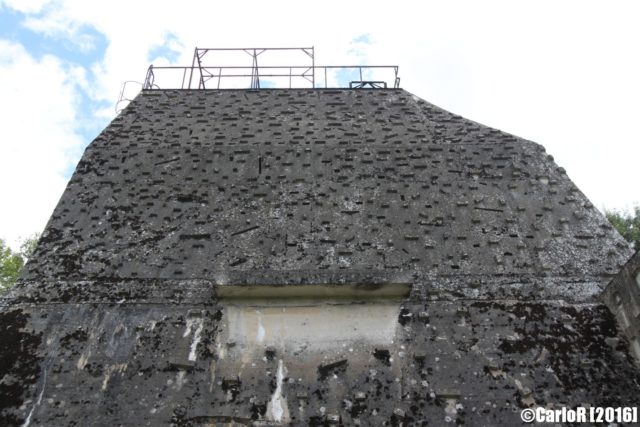
Today, many of the buildings are still standing, which gives the site great historical significance. Visitors are still able to observe the military architecture of the period of Nazi Germany. However, the railway tunnel was substantially altered in 1972 to take account of different regulations.
Bunker 019 became the meeting place for the ASW2 association, a collection of interested locals who wanted to preserve the site and ran tours for several years. Inside the bunker were displays that detailed the history of the site. The website for ASW2 has been closed down since 2016 but an active Facebook page called The Wolfsschlucht II and its 475 bunkers still seems very active.
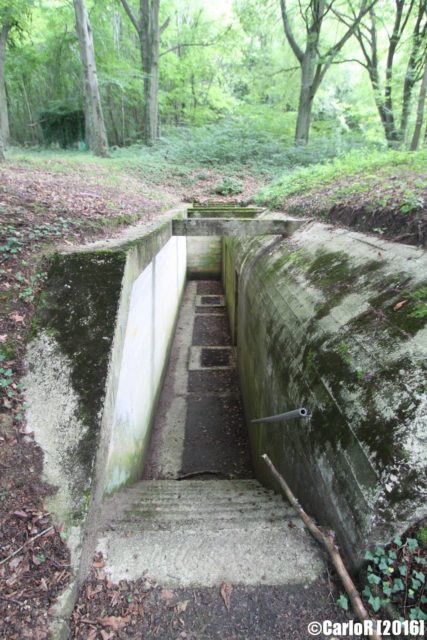
Due to its large area, bunkers from Wolfsschlucht II can be found across the countryside in farmland, fields, and by the side of the road. However, this means that many abandoned bunkers are on private land, so previous urban explorers warn of the risk of inadvertently trespassing.
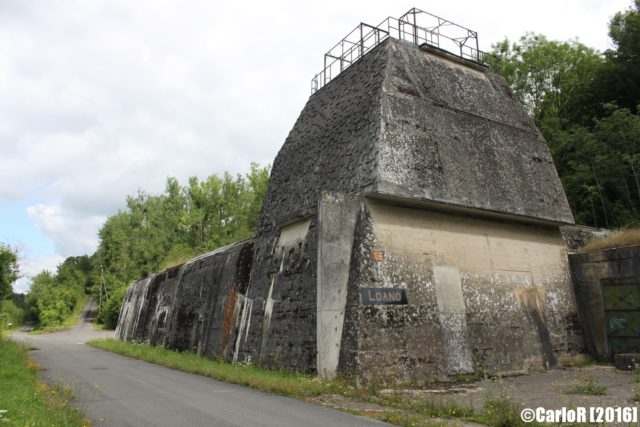
The photographer, CarloR, runs a blog about his travels. He likes to visit places that do not usually fit into typical travel plans. Before each trip, he carefully plans all the details and uncovers as much as he can about the history of his chosen location.
Afterward, he openly shares everything that he has learned as well as his experiences upon reaching his destination.
CarloR also takes many detailed photographs of his explorations and publishes them in an article. Visit his website and feel free to contact him with any questions about trips you might have.
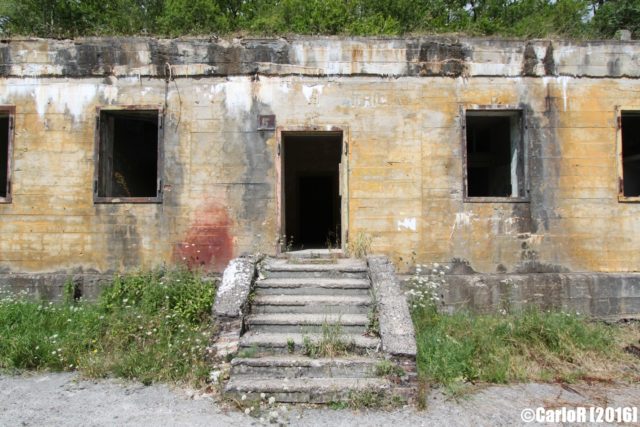
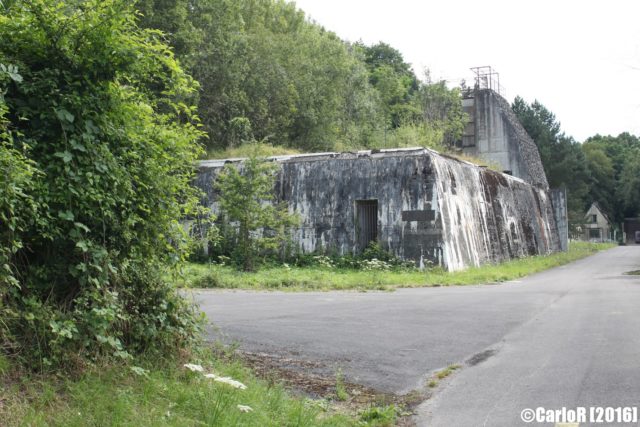
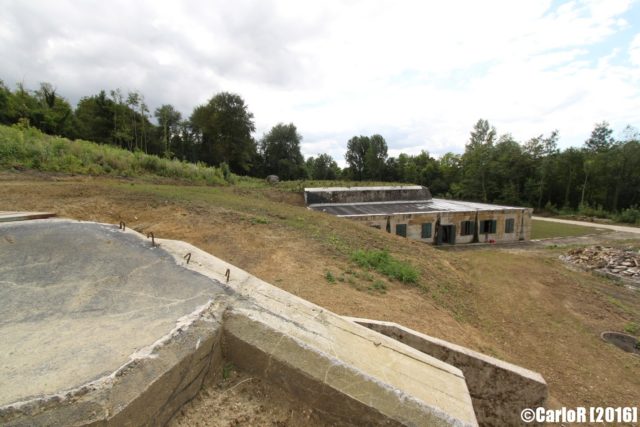
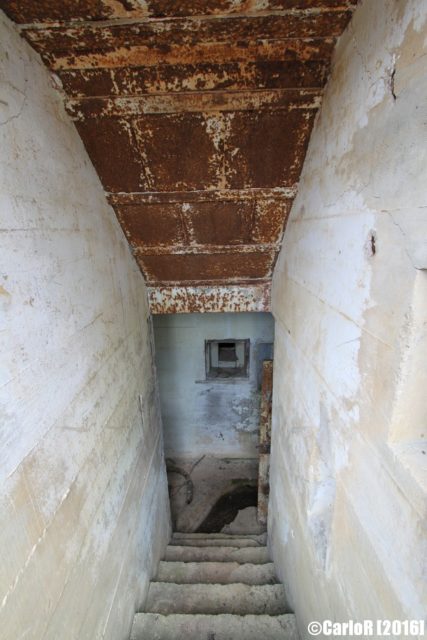
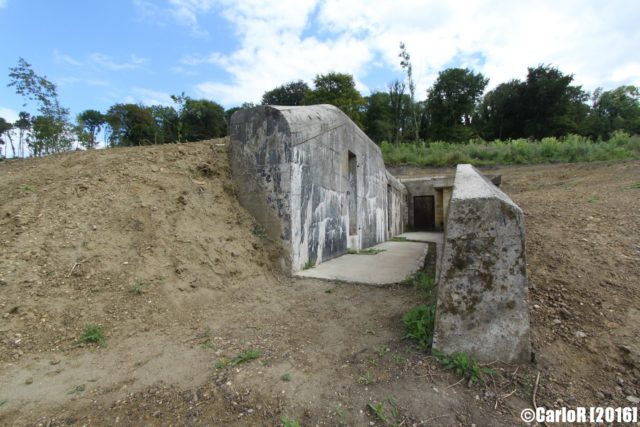
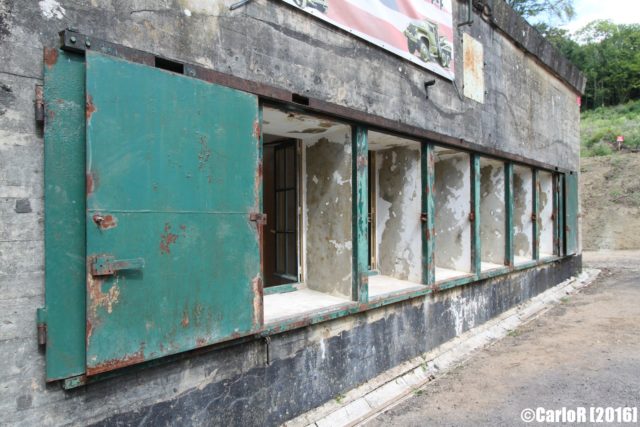
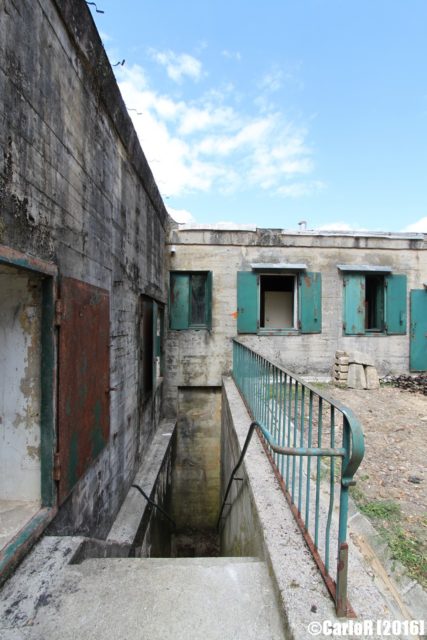
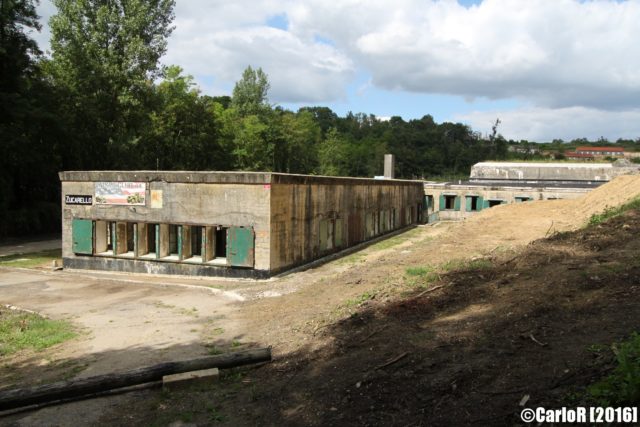
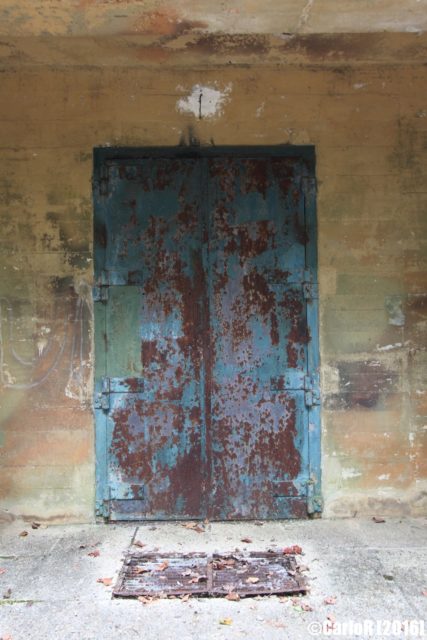
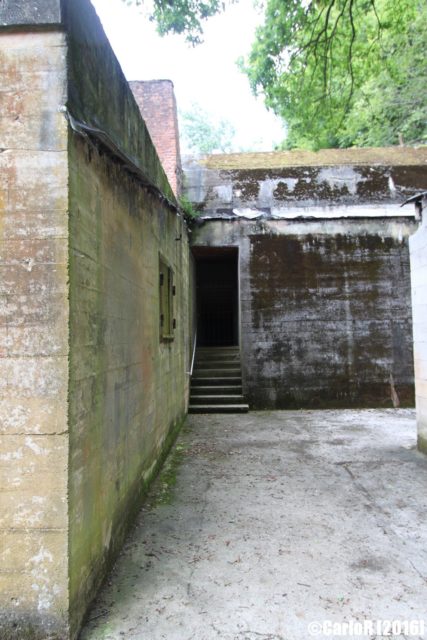
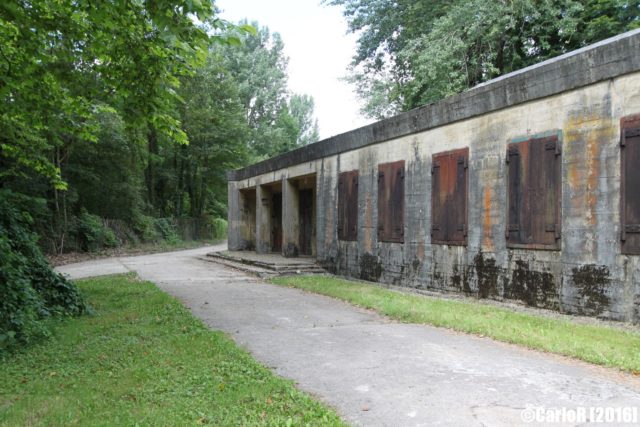
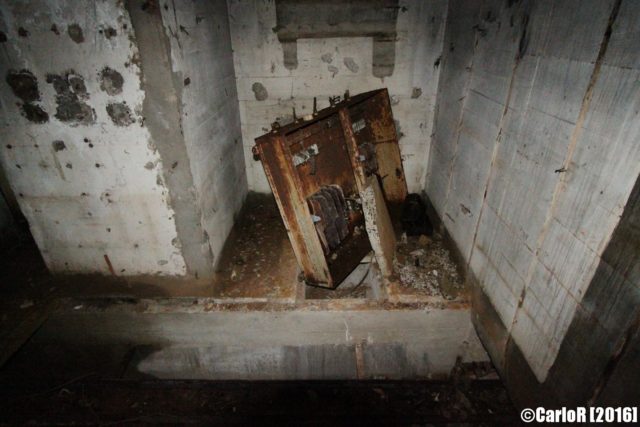
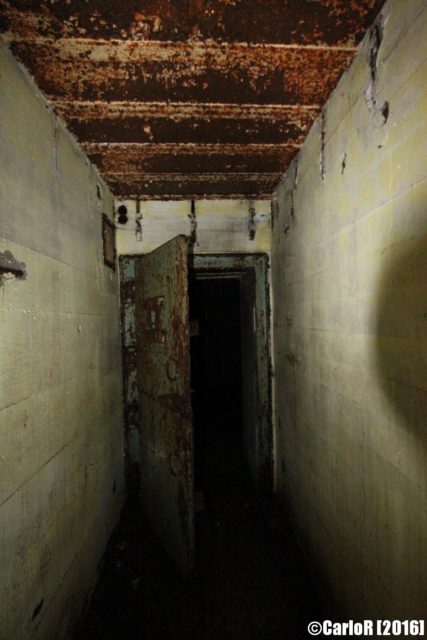
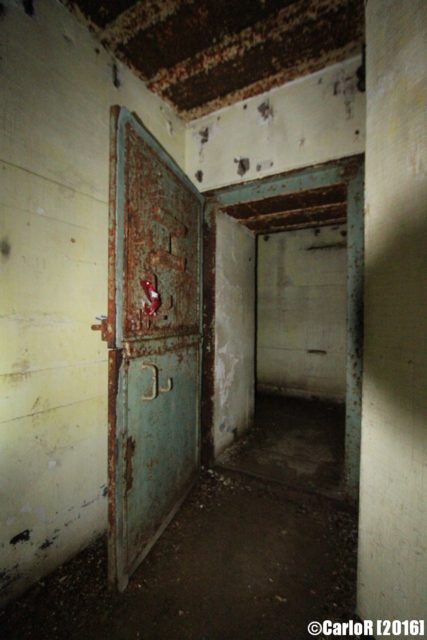
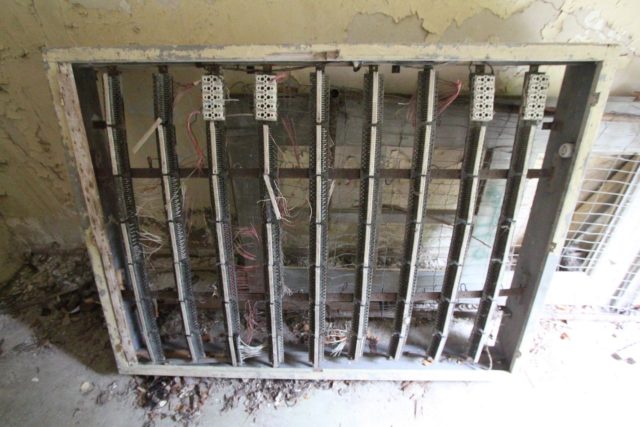
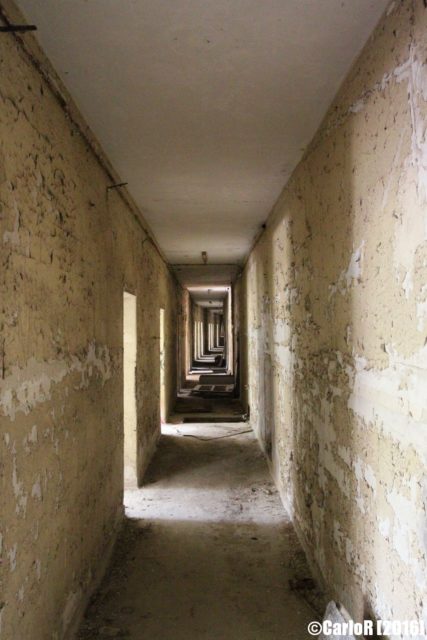
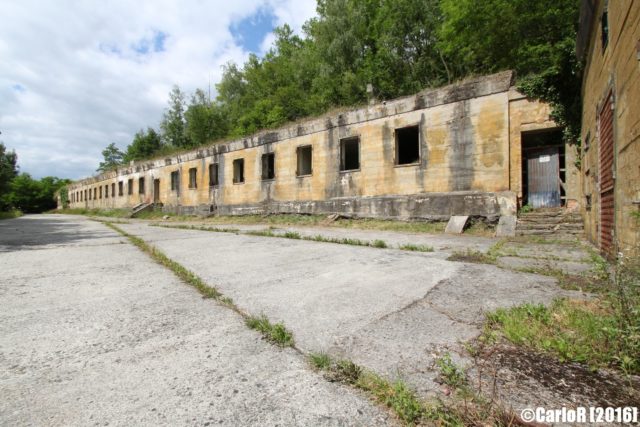
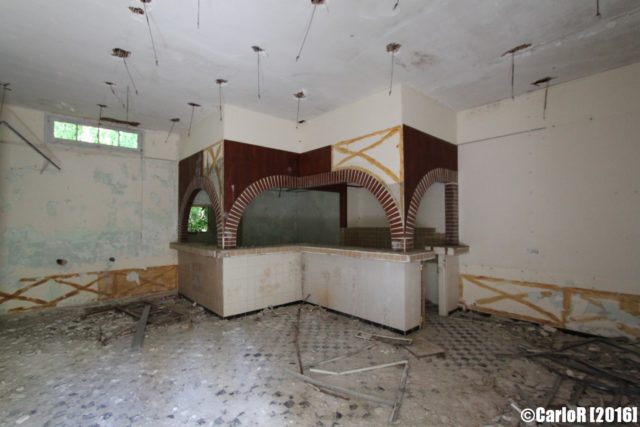
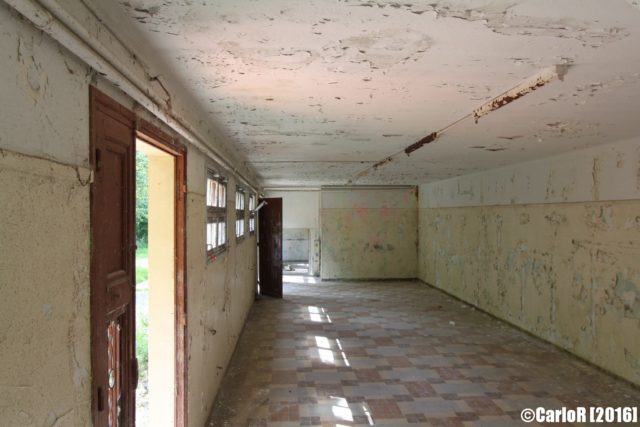
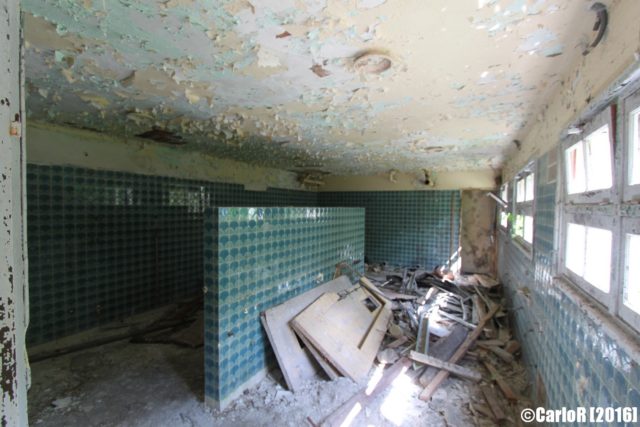
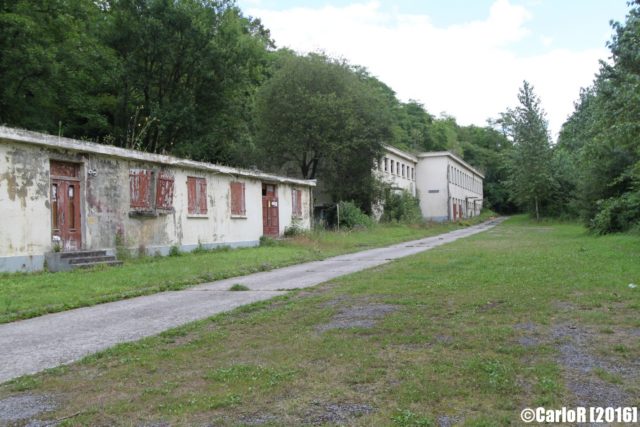
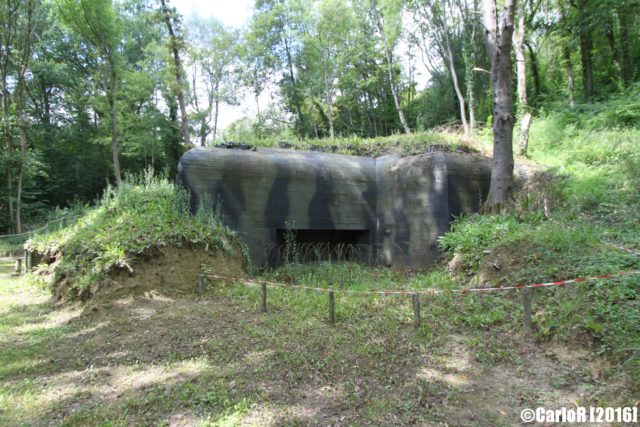
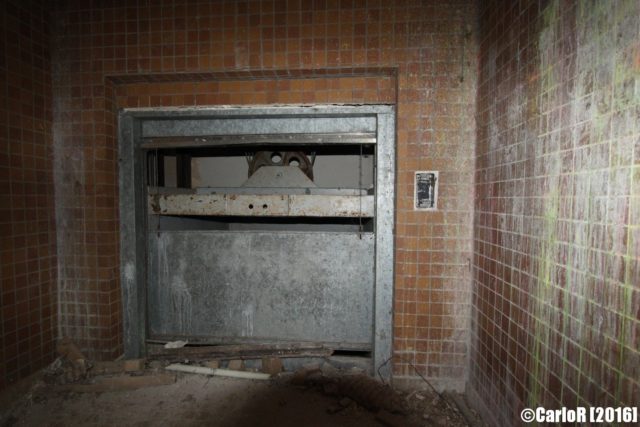
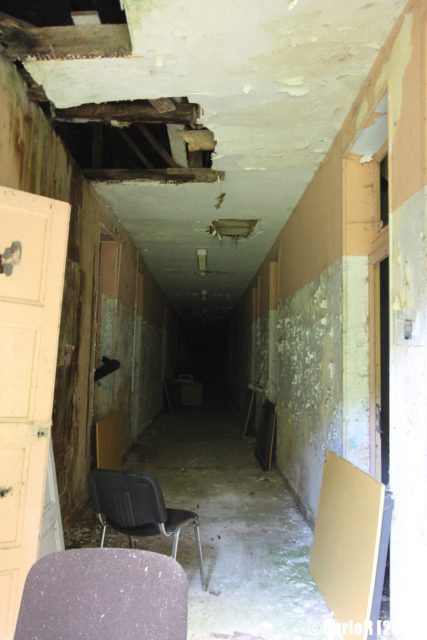
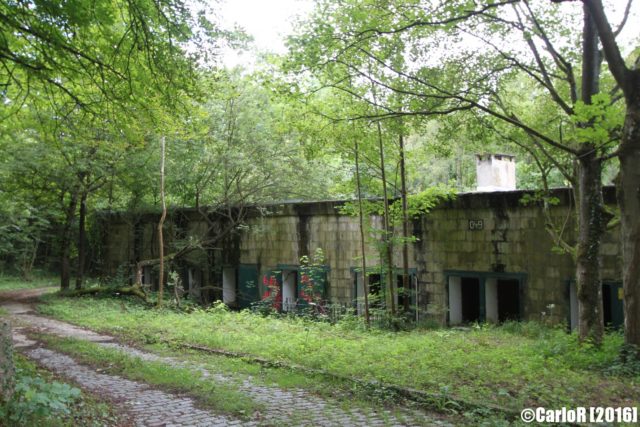
Another Article From Us: The Germans Wiped Out an Entire Village the Wrong Village: Oradour-sur-Glane
